I sommar deltar en svensk grupp oceanografer i expeditionen PS106 ombord på det tyska forskningsfartyget Polarstern i Arktiska oceanen.
Oceanografi i Arktiska oceanen
22 maj 2017

I sommar deltar en svensk grupp oceanografer i expeditionen PS106 ombord på det tyska forskningsfartyget Polarstern i Arktiska oceanen.
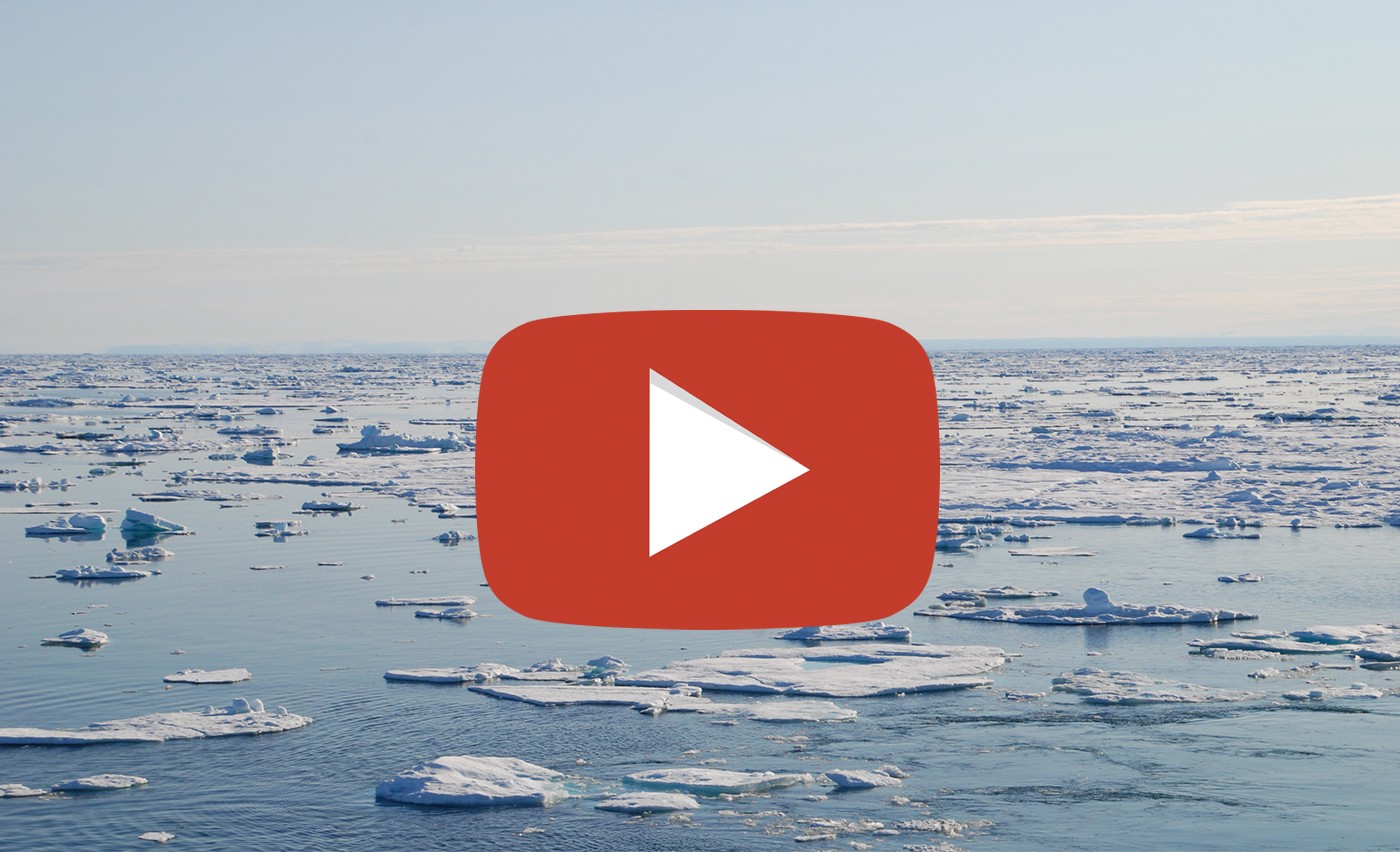
Flera ton kvicksilver hamnar i Arktiska oceanen varje år. Vinden transporterar kvicksilvret från sydligare breddgrader och i Arktis omvandlas kvicksilvret metylkvicksilver.

Expeditionen Petermann 2015 är ett perfekt exempel på hur vi studerar välkända system. Man kan säga att glaciären är kanariefågeln i kolgruvan, den visar hur världen förändras.
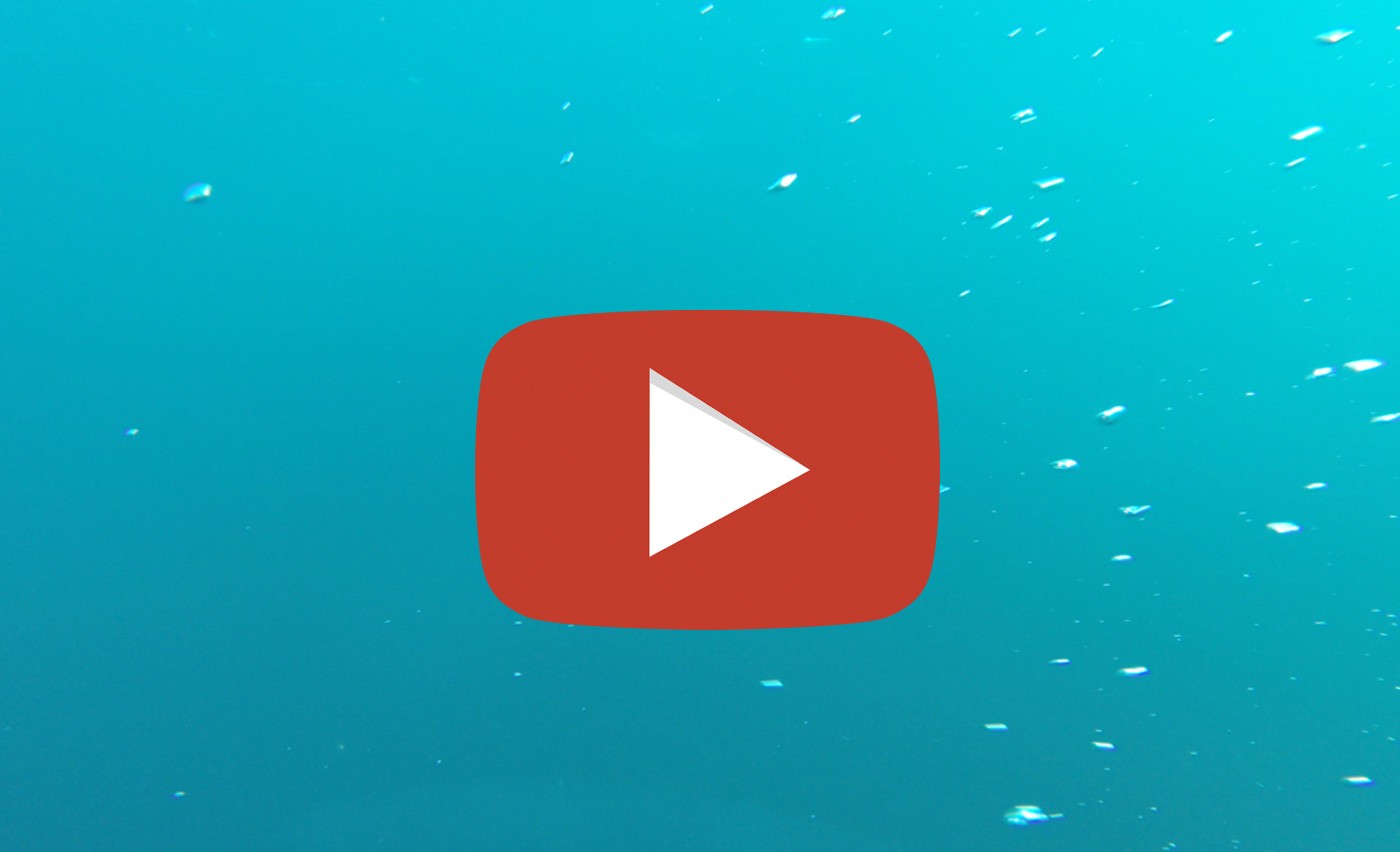
Stockholms universitet har producerat en film om den internationella forskningsexpeditionen SWERUS-C3 med isbrytaren Oden i Arktiska oceanen.
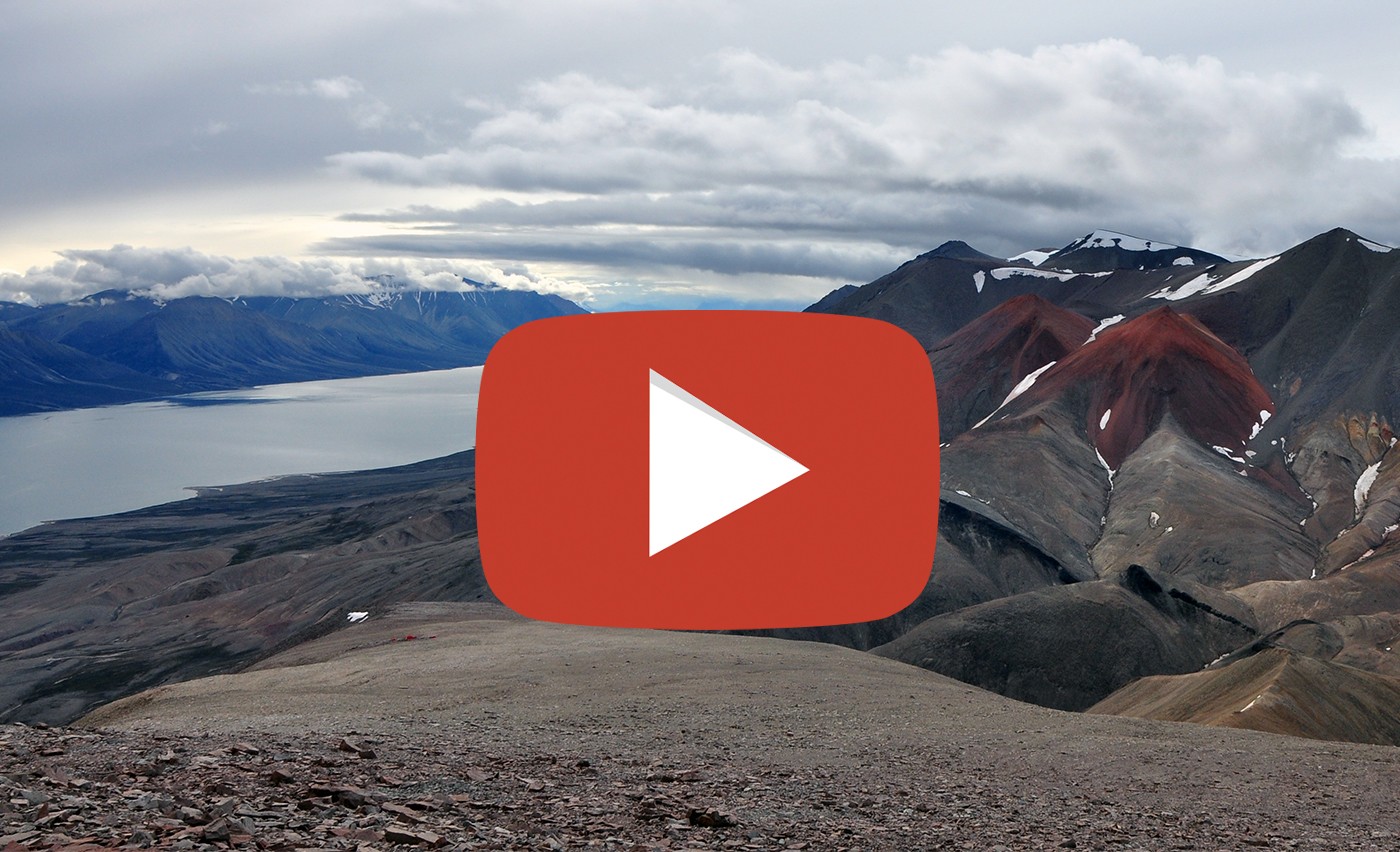
För 370 miljoner år sedan utvecklades fiskarnas fenor till händer och fötter och blev anpassade för ett liv på land. Men vad var det som drev ryggradsdjur att lämna vattnet och varför återvände vissa reptiler till vattnet 150 miljoner år senare?
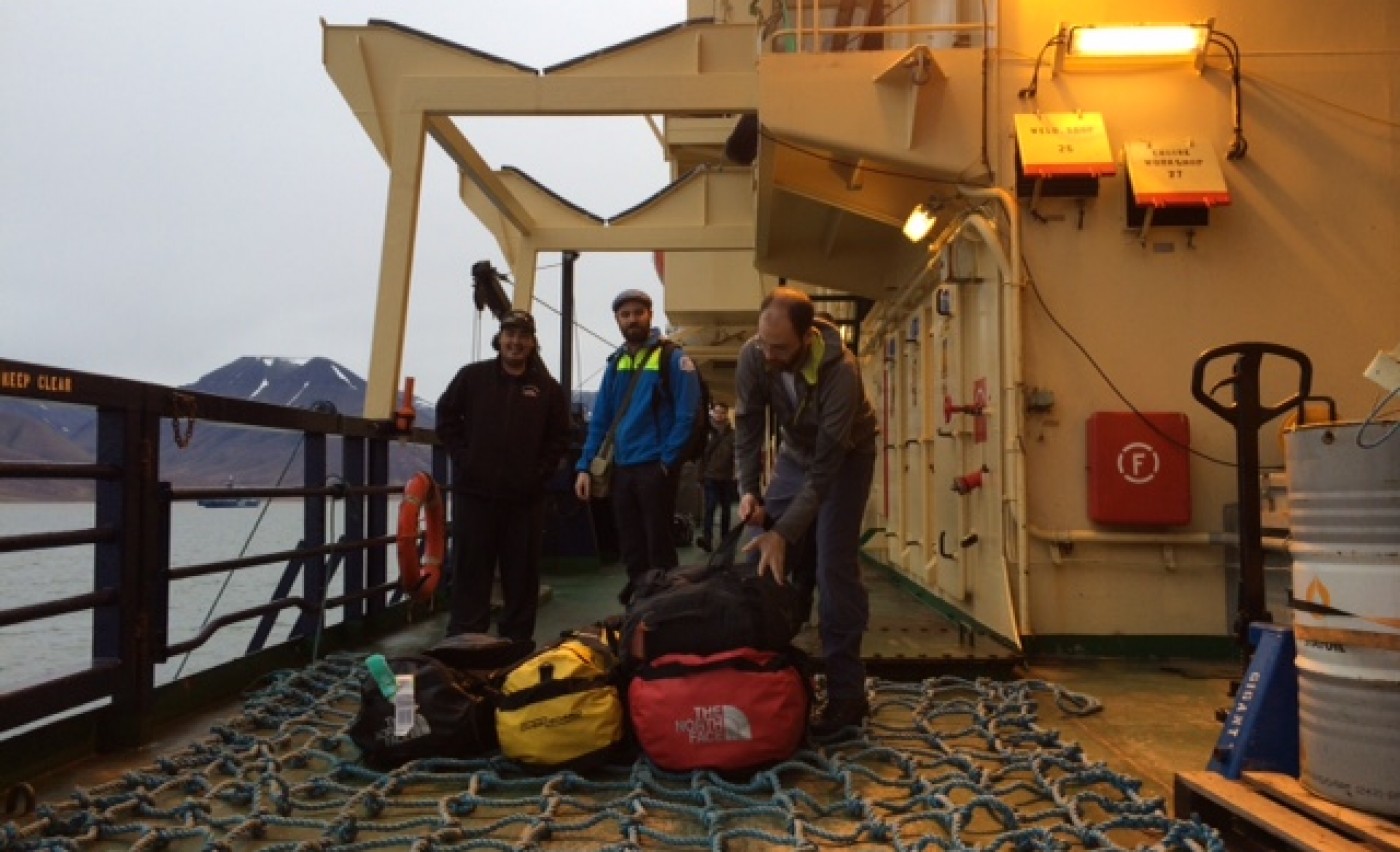
Back in Longyearbyen after six weeks. We ended the expedition with some rough waters from the ice edge down to Longyearbyen.
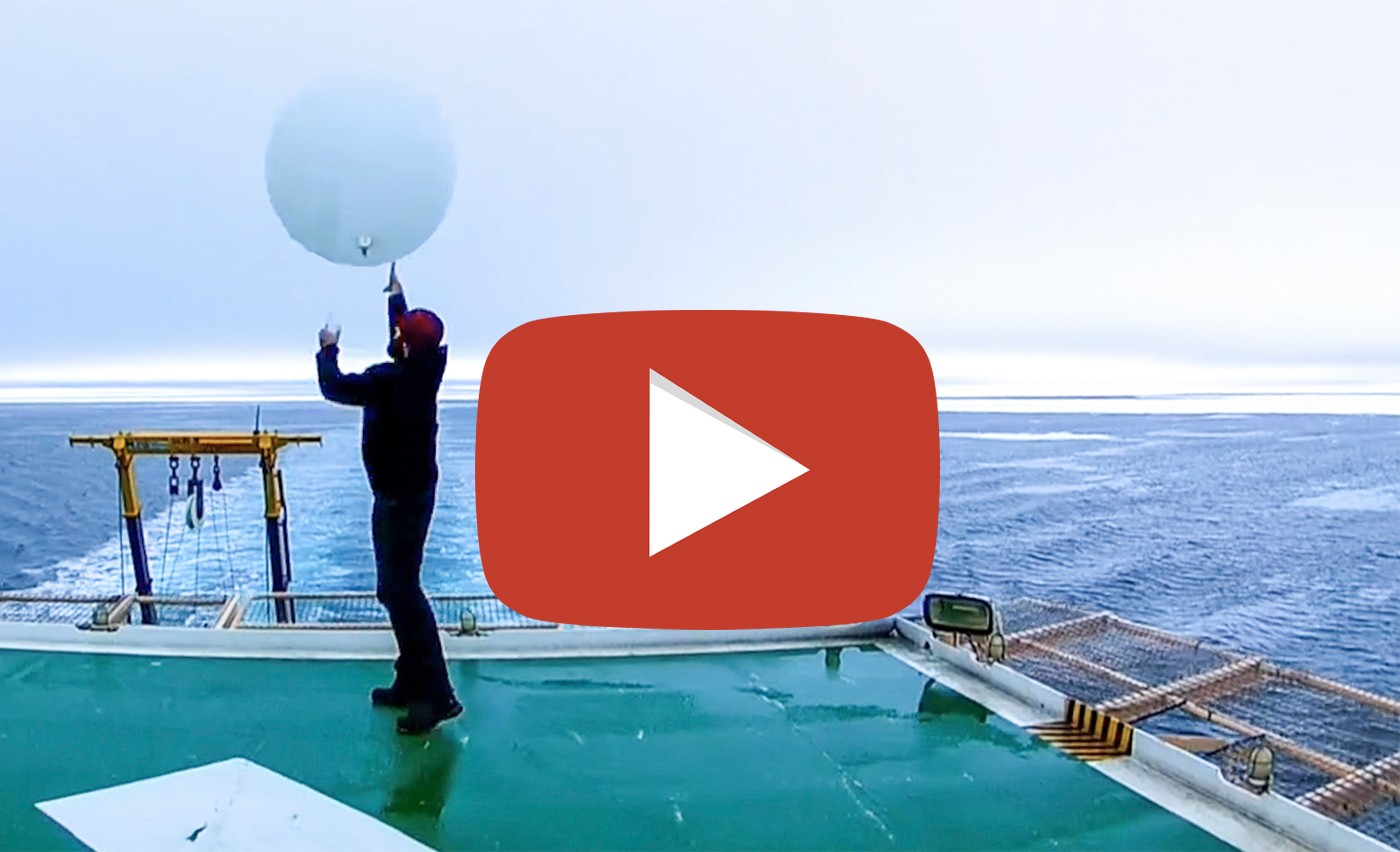
Atmosfärforskarna ombord på isbrytaren Oden använder väderballonger för att göra mätningar i luften. Mätningarna kan bland annat användas för att göra väderprognoser
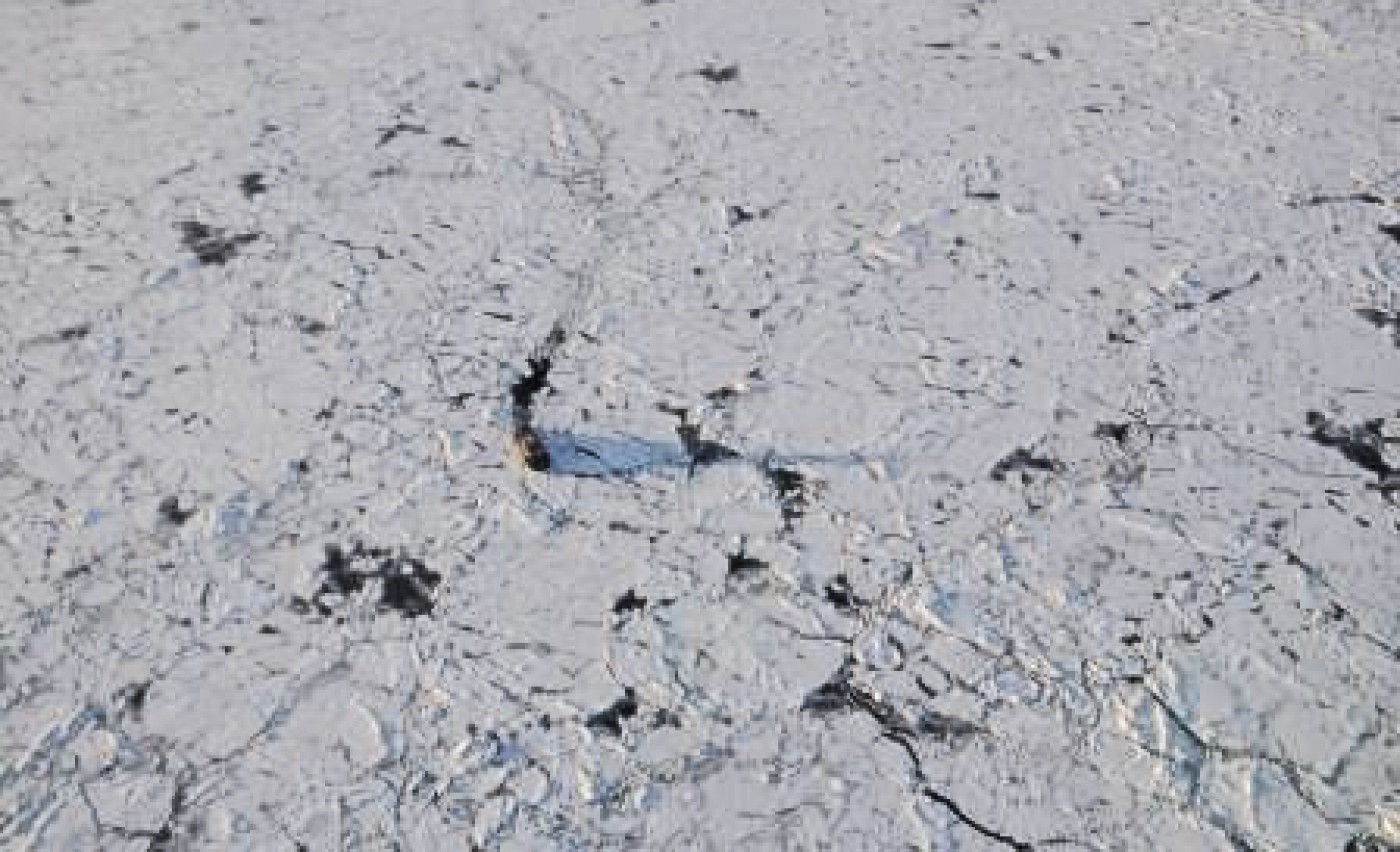
Nu är vi på väg söderut genom isen ner mot Svalbard och i takt med att vi närmar oss iskanten blir det alltmer liv omkring oss.

Nicke Juuso är med som expeditionsmeteorolog under expeditionen Arctic Ocean 2016. I den här filmen visar Nicke vad forskarna gör ombord på isbrytaren Oden och varför de har åkt ända upp till Arktiska oceanen.
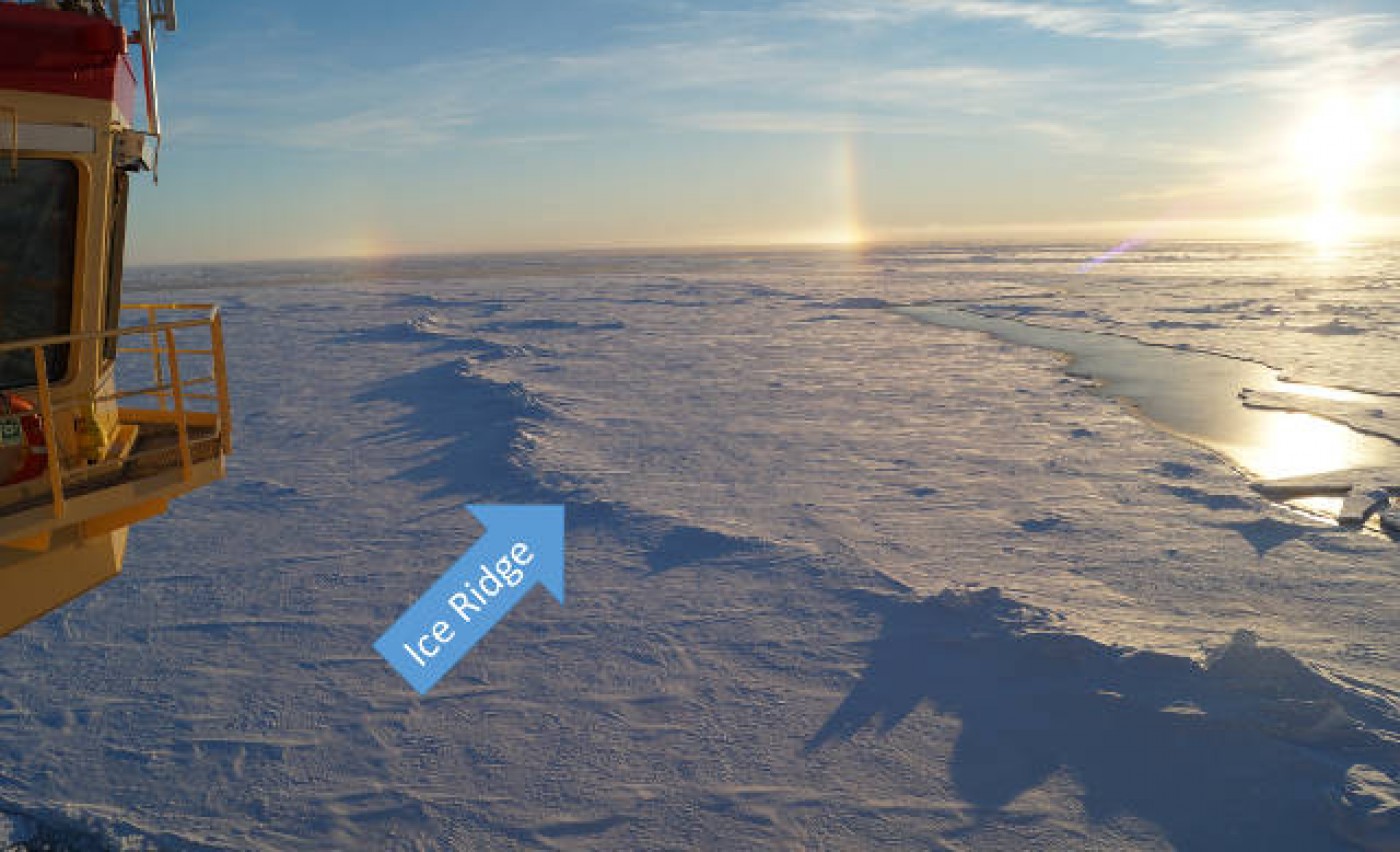
Ice is a complicated and very fascinating material. If you freeze water at home in a freezer, you get a very solid ice cube, that is wonderful to use in a cold drink. This is already the first surprising property of ice; it swims on top of water.
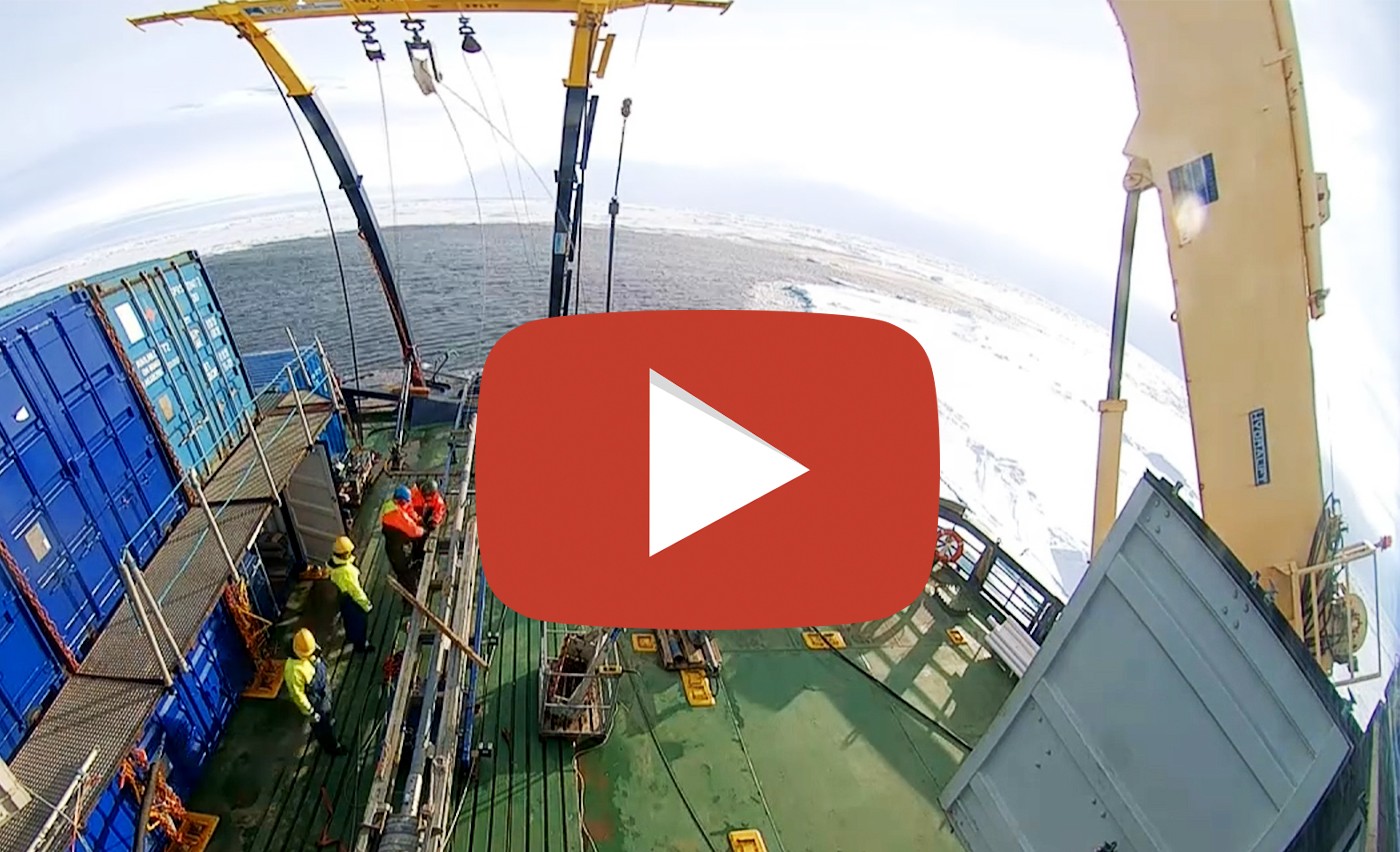
Sedimentet på havsbotten är som ett arkiv som avslöjar vilka miljöförhållanden som Arktis har haft under historien. Forskaren Grace Shephard berättar om hur de under forskningsexpeditionen Arctic Ocean 2016 samlar prover av sedimentet för att kunna se hur klimatet såg ut för flera miljoner år sedan och hur det har förändrats fram tills idag.
Summer in the central Arctic Ocean is usually overcast and grey, with low cloud or fog being present for more than 90 % of the time. Occasionally, however, the sun does come out, and when it does it can sometimes be spectacular.
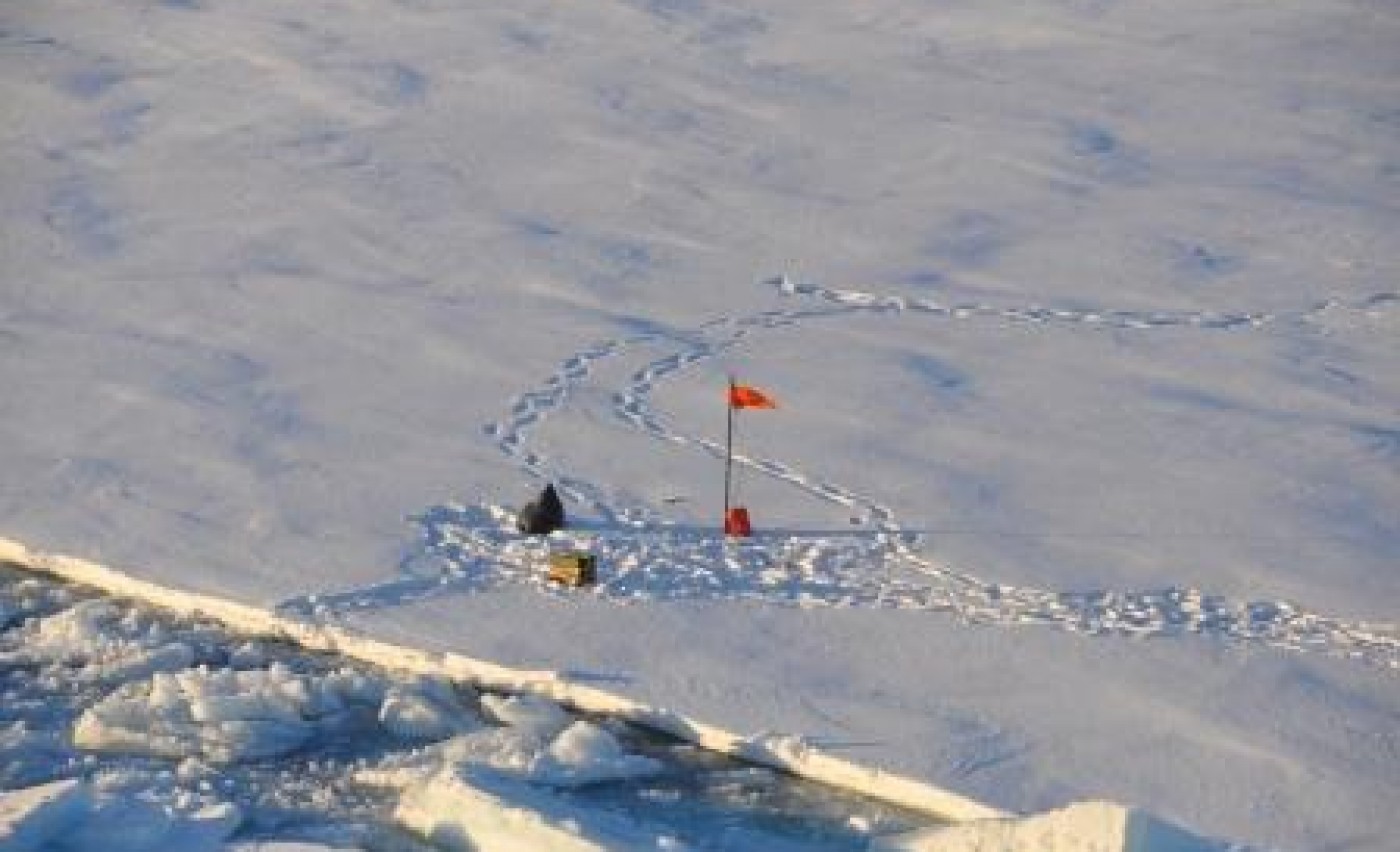
Planeringen av en polarexpedition är lite som att lägga ett pussel med oändligt många bitar. En del bitar är stora och påtagligt dominanta, men ofta hänger en lyckad expedition på att man även lyckas få med de små bitarna in i helheten.
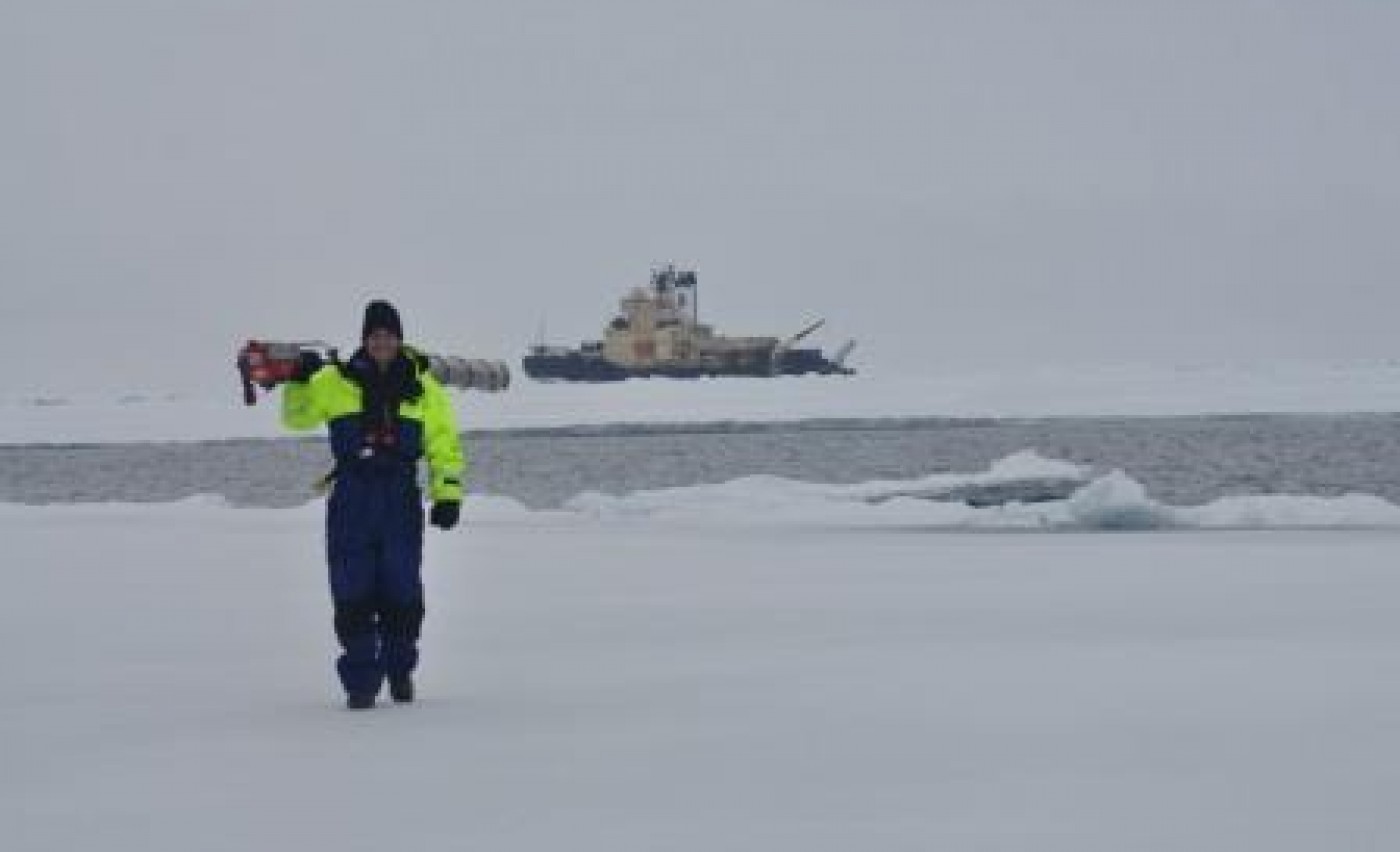
Part of the meteorological work package on board Oden involves measuring the properties of aerosols, i.e. tiny particles suspended in the air. Aerosols are very important for the climate because they act as nuclei on which cloud droplets and ice crystals form.
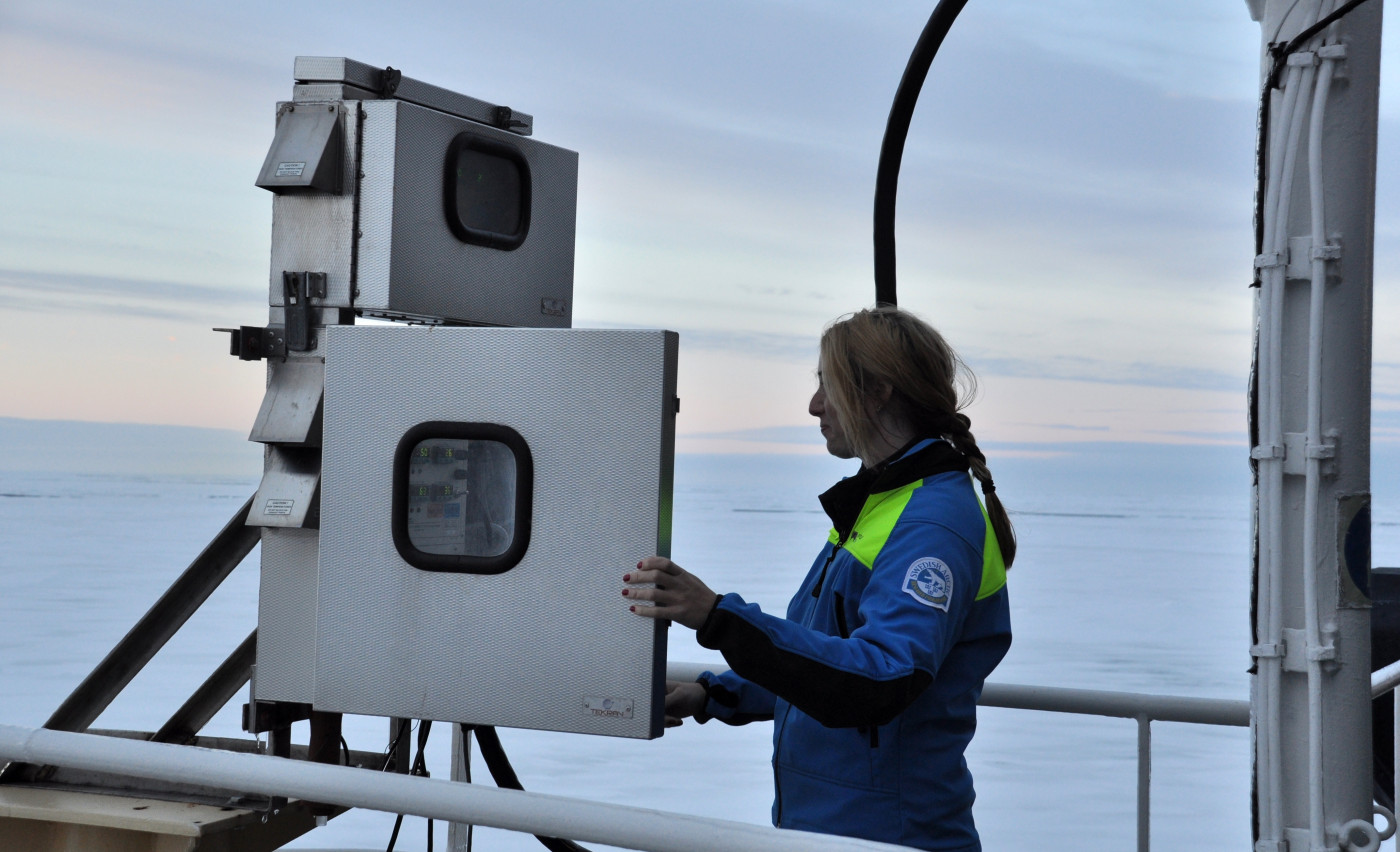
The ship which was deserted earlier this morning was now more alive, and people were milling around with a little excitement or expectation showing on their faces. Apparently we may have the chance to get aboard the Louis.

Meteorologen Nicke Juuso berättar vad han gör på isbrytaren Oden under Arctic Ocean 2016.
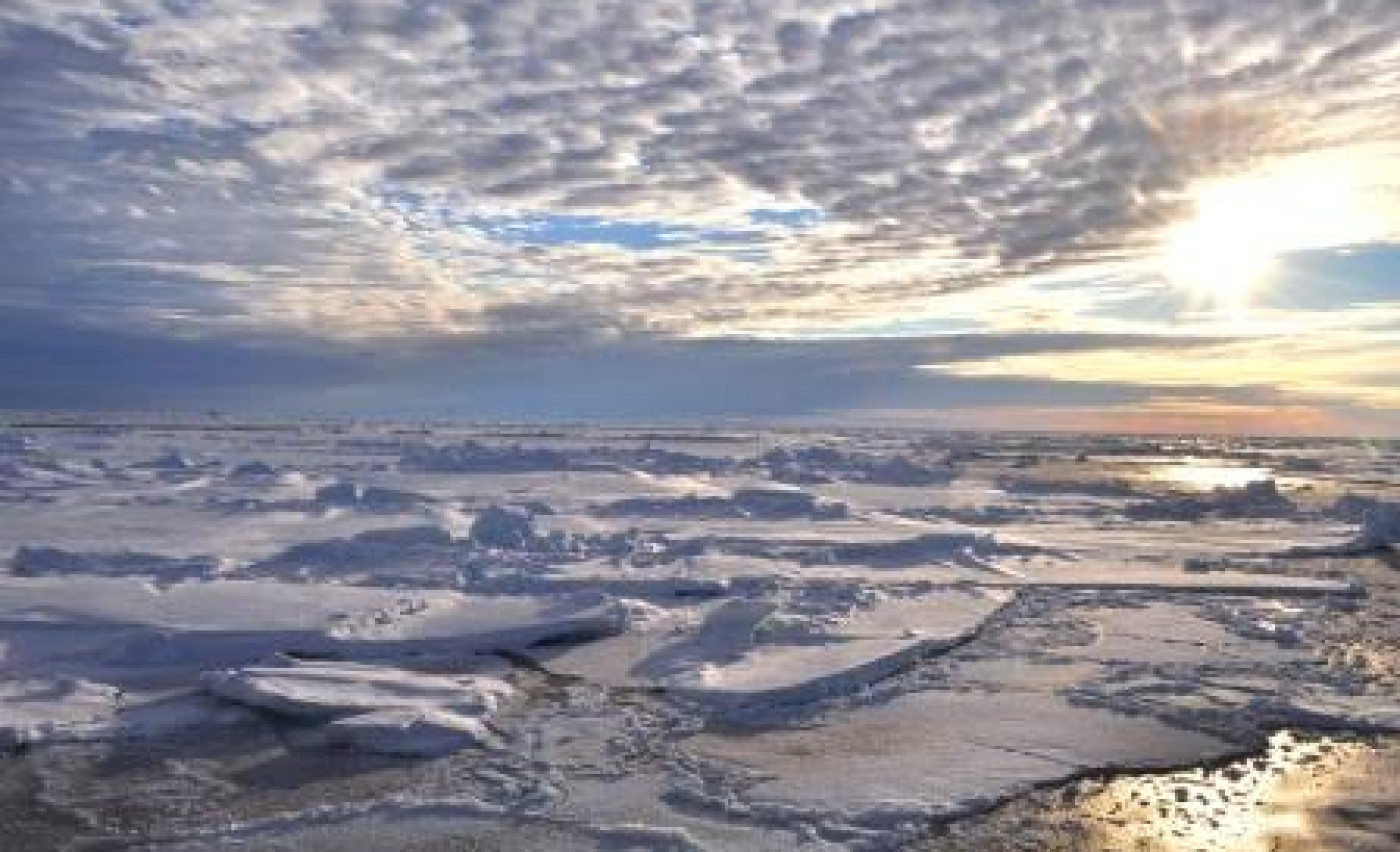
The last couple of days, we have been busy with seismic lines. This means that Oden is breaking ice in straight lines through heavy, massive ice with ridges while the Canadian icebreaker Louis S. St-Laurent is following and shooting off seismic signals.
As part of our research programme during the Arctic Ocean 2016 expedition we were planning to launch meteorological radiosondes every six hours, with the data being used both for research and sent to the EUMETNET service for use in initialising forecast models. Unfortunately, the receiver of the sounding system failed at the beginning of our expedition.
Alla ombord, 67 personer, samlades på bryggan för att fira när GPS:en visade att vi kom närmare och närmare 90°N.
Detta var den troligen den sista gemensamma fältdagen för oss fyra. Kan hända det blir en kortare i morgon, men prio ligger på att gå igenom och sortera/märka alla fossil.